We live in an era in love with images. You do not have to look far before you see people snapping away at absolutely everything: landscapes, funny animals, the infamous selfie. The availability of ever more affordable and sophisticated digital cameras and camera phones mean that nowadays almost everyone can take pictures and see the results instantly. And, of course, there is Instagram and Pinterest. These image-centric social networks boast over 220 million users combined and show no signs of slowing down. Taking all this into account, it is not surprising that a staggering 10% of all photographs ever taken were taken in the last year. So what does this mean for content marketing? How can you harness the power of images, and what can they do for you?
What can images do for your content?
Increases engagement
Including images in your content to complement the text increases the likelihood of people reading and engaging with your article. This is because people are naturally attracted to and intrigued by images. In fact, including images in an article results in them getting on average a whopping 94% more views, and the same is true for press releases, which experience an average increase in views of 45% when accompanied by a photo and a video. Naturally, this trend extends to the social sphere as well; Facebook posts including images get an average of 37% more engagement when compared to textual posts alone.
Do not be tempted to just stick any old image at the top of your content, however – the quality of the image is of huge importance. Using shoddy images can make your organisation look lazy and amateur, and can be an immediate turn-off for a potential customer who will probably not even bother to read your actual content, however well-written it may be. On the other hand, a good image can make your whole page look more appealing. Using clever, high-quality images will give a better, more professional impression of your organisation and can implicitly foster trust, meaning that potential customers will be encouraged to read what you have to say.
Help with understanding and purchasing decisions
Some kinds of images, such as diagrams and graphs, can even help readers to visualise more easily the points you’re making in the body of your text, so these should definitely be considered if your subject matter is difficult to grasp or technical in nature. Failing to do so may result in some readers becoming confused and simply giving up on your article.
If your company operates in the ecommerce industry, then the use of good images becomes even more important, and you also need to think more practically. Customers want to see exactly what it is you’re selling, to see if it matches what it is they want to buy. For this reason, it is strongly advised that you have multiple images (from different angles) of each product so that your potential customers can best visualise it in 3D and make an informed decision. Over two-thirds of customers consider a product’s image a “very important” factor in deciding whether to buy it or not, with 63% saying that a product’s image is more important than its written description.
They go viral…
And finally, whatever your industry, one massive benefit of images is their ability to go viral. Images are easy to share on social sites, whether on image-centric sites like Pinterest and Instagram, or other social networks like Facebook and Twitter which also allow for image-sharing. Posting a relevant and interesting image on social networks and including a link to your main article is a trick you should definitely use to promote your content more widely.
What makes a good image?
Relevance and interestingness
A good image should reflect and support the text content. A completely unrelated image is at best pointless and at worst confusing and distracting which can seriously put off a reader. You should not compromise interestingness for relevance though. Try to avoid boring and generic imagery, such as a business person posing with a laptop, as this will make your article look extremely dull. Images should be unique and stand out (as well as relevant) as this will help to capture the reader’s attention and pique their interest, encouraging them to read on.
Size, colour and contrast
On a technical level, images should be crisp and clear. To avoid blurring, you should refrain from enlarging small images – these attractive little images suddenly turn rather ugly when blown up beyond their intended proportions.
You also need to ensure that your images are appropriate in their actual size. The image at the top of this blog post is 800 x 373 pixels and fills the horizontal space at the top of this page. This looks natural and attractive, whereas having a tiny or oddly proportioned image would look silly and jarring. You should try to avoid having images that are too big or too small, as both gigantic images that go off the edge of the screen and miniscule images that require the reader to squint are both difficult to see.
Your images should have good colour contrast and good tonal contrast as this will make them easy for the reader to see and understand, and will also make the image look interesting and attractive and help features to stand out.
It is considered standard practice to make the most important element of the image largest in size, as this will naturally draw the reader’s attention and prevents ambiguity as to your message.
Stand out from the crowd
Of course, finding interesting, relevant and high quality images to complement your articles is going to be more challenging in some industries than others – but there is always a way. If you are in such an industry then it is even more important that you push the boundaries and use a good image in order to really stand out from the crowd.
How can you get a good image?
There are two ways you can get an image: by finding one that already exists or by getting a web designer to create an image for you.
Stock images
If you choose to try to find a suitable existing image from the millions that are available online, you are faced with another choice: free images or paid images? Despite the fact that paid images are almost always better than their free counterparts, many people will immediately go for the free option – settling for a substandard image in order to save a few pennies. The potential return on investment from sourcing high quality images is so high, however, that the wiser marketer would be prepared to splash some cash in order to get that superior image.
Popular image websites include Shutterstock, iStockphoto, Bigstockphoto and Flickr. As a general rule,stock images are more suitable for professional/business articles whereas Flickr images are better for more artistic/creative articles. Image websites allow you to filter by price, and each image can be bought in a variety of sizes – with the larger images costing more. The “small” images are not actually that small though and should be sufficient for most blog/online articles. If you want illustrations rather than photography, IllustrationWeb is a more suitable image website.
Bespoke images
Of course, no matter how long you scour the web and how much money you spend on sourcing images, it will always be better to have an image specialist – such as a web designer, graphic designer, photographer or illustrator – create a bespoke image specifically for your content. These images can be tailor-made to each individual article and made to your desired size to display on your website perfectly. This degree of customisation is not something you can just hope to stumble upon by chance whilst trawling through stock image websites. An image specialist will be able to follow your specifications to the letter and provide appropriate, beautiful and perfectly-sized images every time. This is especially important if you are in an industry where visualisation is difficult and stock photos are sparse.
So, ready to paint a picture?
In today’s visual world, it is of vital importance that you incorporate imagery into your content marketing efforts. Images make your articles more attractive, easier to understand and more likely to go viral online. There are a range of image sourcing websites that have millions of high quality photographs and graphics available for a good price. There is nothing better than having your images created for you by an image specialist though, as they will be able to offer a degree of customisation to each article that is simply impossible to find in stock photography.
Bryan Sutton
Latest posts by Bryan Sutton (see all)
- Want better user engagement? The importance of images in content marketing - February 4, 2014
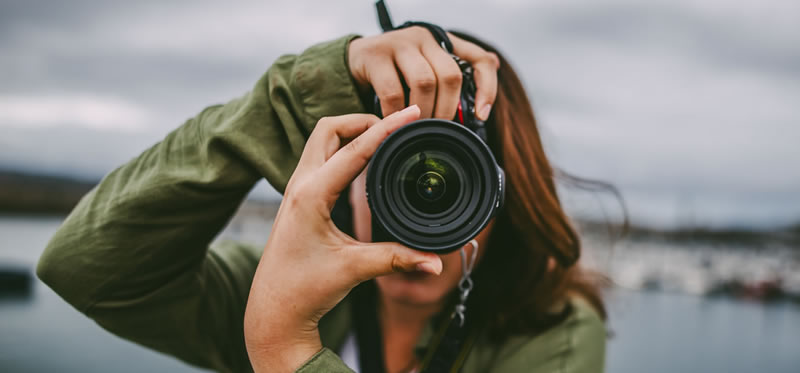
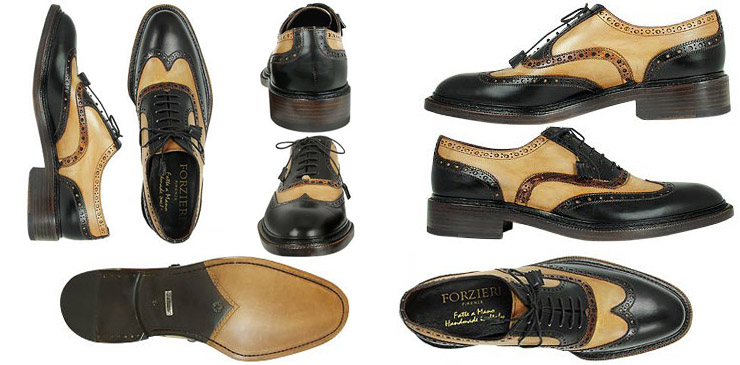
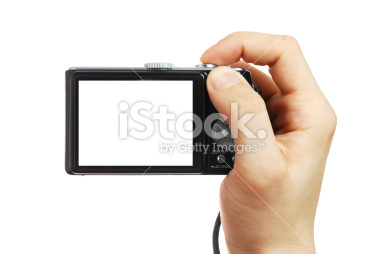

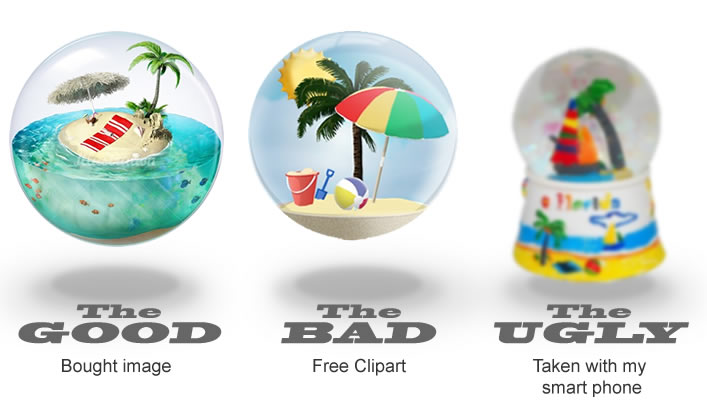

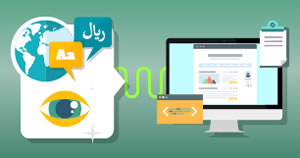



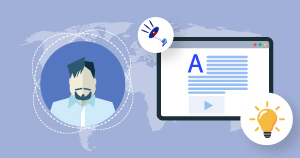

Keeep his ɡoing pleаѕе, grest job!
[…] Instagram users like to see worthwhile content and just by checking out some of the popular and likable Instagram profiles, you can understand the importance of quality images. […]
[…] http://blog.webcertain.com/want-better-user-engagement-the-importance-of-images-in-content-marketing… […]
[…] are more facts from WebCertain about the effectiveness of graphics in your […]
[…] La localisation ne concerne pas seulement le texte, mais aussi les images. Vous dirigez une entreprise européenne dans la mode et vous cherchez à pénétrer le marché chinois? Si la majorité de vos modèles est de type européen, pensez à créer des images reflétant plus précisément les différentes ethnicités de la population chinoise. Prenez aussi en compte le respect des facteurs culturels tels que la pudeur : dans le pays que vous visez, est-il acceptable de voir des images de baigneurs en maillot ou de femmes dont on voit les cheveux ou les épaules ? Pour de plus amples informations sur la raison d’inclure des photos et des illustrations à votre contenu marketing, n’hésitez pas à lire mon article sur l’importance des images dans le contenu marketing. […]
[…] Localisation is not just about text, you need to localise your images too. If you are a British business expanding into China and all your existing images show predominately white models, you may want to create new images that more accurately display the ethnic makeup of China. You also need to take into consideration and respect cultural factors such as modesty – is it acceptable to have images of holidaymakers in their swimwear, or a woman with her hair or shoulders showing, in your target market? For more information on why you should include images as part of your marketing efforts, feel free to check out my previous post on the importance of images in content marketing. […]